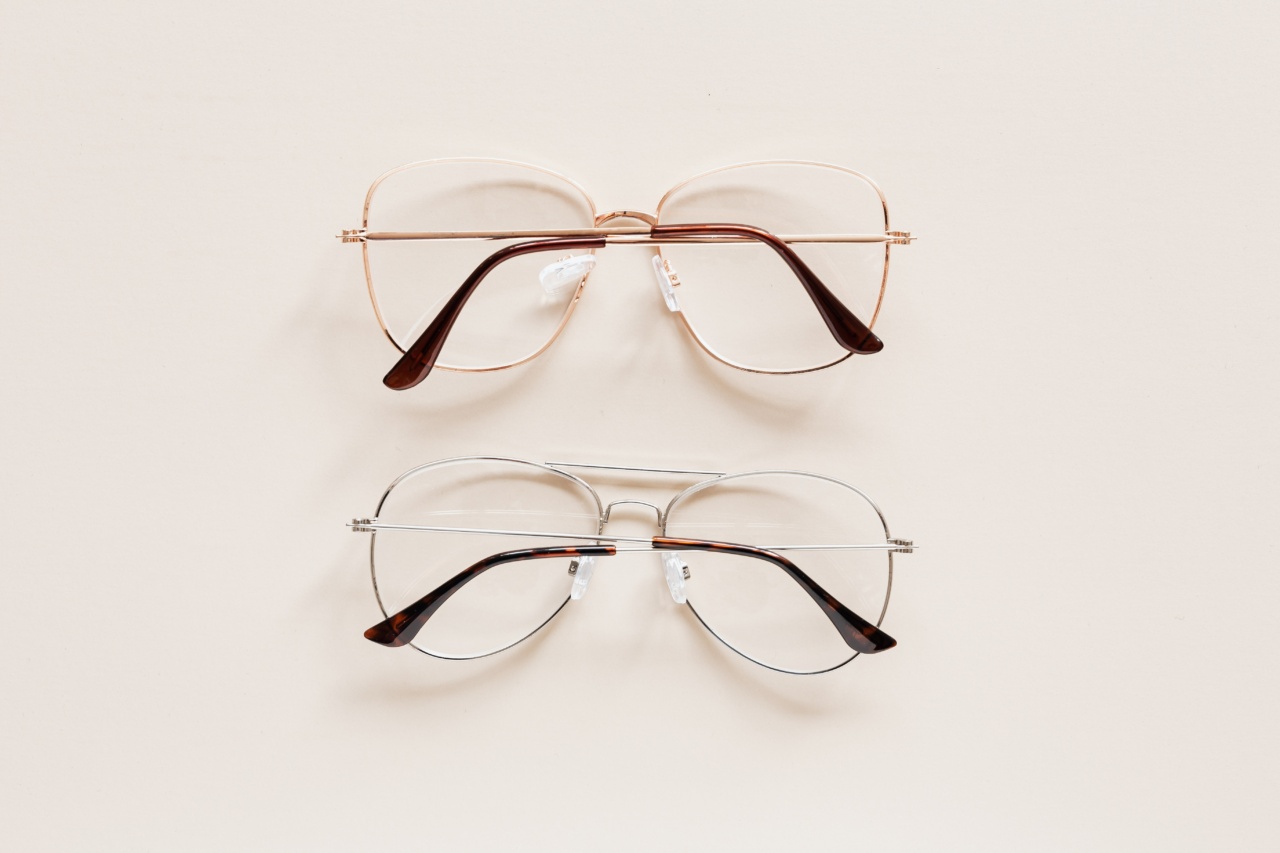Myopia, hyperopia, and astigmatism are three common eye conditions that affect people of all ages. If you have poor vision, blurry eyesight, or difficulties seeing things from far away or nearby, you may have one of these refractive errors.
Understanding the symptoms and causes of myopia, hyperopia, and astigmatism can help you get a proper diagnosis and treatment to improve your eyesight.
What Is Myopia?
Myopia, also called nearsightedness, is a condition where the eye falsely focuses images in front of the retina instead of directly on it. This causes distant objects to appear blurry, while nearby objects are sharp and clear.
Myopia occurs when the eyeball is too long or the cornea has too much curvature, which causes light rays entering the eye to focus in front of the retina instead of directly on it.
The most common signs of myopia include squinting, experiencing headaches and eye strain, and difficulties seeing things in the distance, such as a chalkboard or road signs.
If you notice these symptoms, you should see an eye doctor who can perform a comprehensive eye exam and prescribe corrective lenses or other treatments.
What Is Hyperopia?
Hyperopia, also known as farsightedness, is a condition where the eye falsely focuses images behind the retina instead of directly on it. This makes nearby objects appear blurred while distant objects are clear and sharp.
Hyperopia occurs when the eyeball is too short or the cornea has too little curvature, causing light rays to focus behind the retina instead of directly on it.
Hyperopia can cause symptoms such as headache, eye strain, and blurry vision when reading or doing close work. If you experience any of these symptoms, you should schedule an eye exam with an eye doctor.
They will diagnose your condition and recommend corrective lenses or other treatments to restore your eyesight.
What Is Astigmatism?
Astigmatism is a common eye problem that causes blurry and distorted vision. Astigmatism occurs when the cornea or lens of the eye has an irregular shape, causing light rays to focus unevenly on the retina.
This leads to blurred vision, eye fatigue, and headaches.
The most common symptoms of astigmatism include distorted or blurred vision, difficulty reading or doing close work, eye strain, squinting, and headaches.
Your eye doctor can diagnose astigmatism during a comprehensive eye exam and prescribe corrective lenses or other treatments to improve your vision.
Diagnosis and Treatment of Myopia, Hyperopia, and Astigmatism
If you are experiencing symptoms of myopia, hyperopia, or astigmatism, you should schedule an eye exam with an eye doctor. During the exam, the doctor will perform several tests to diagnose your condition and determine the best treatment plan.
The most common treatment for myopia, hyperopia, and astigmatism is corrective lenses such as eyeglasses or contact lenses. These lenses will help to correct your vision by bending light rays before they enter the eye to focus directly on the retina.
In some cases, refractive surgery such as LASIK can be a good option for patients with myopia, hyperopia, or astigmatism. This surgery reshapes the cornea to improve the way the eye focuses light, and it can provide long-term improvements in vision.
Preventing Myopia, Hyperopia, and Astigmatism
While there is no foolproof way to prevent myopia, hyperopia, and astigmatism, there are steps you can take to protect your eyesight.
Eating a healthy and balanced diet that is rich in vitamins and minerals can help to maintain good eye health. Regular exercise can also promote eye health by improving blood flow to the eyes.
In addition, it is important to protect your eyes from ultraviolet (UV) radiation by wearing sunglasses that block out harmful UV rays.
Finally, taking frequent breaks when reading, watching TV, or using a computer can help to reduce eye fatigue and prevent myopia, hyperopia, and astigmatism.
Conclusion
Myopia, hyperopia, and astigmatism are common eye conditions that affect millions of people worldwide.
If you are experiencing symptoms such as blurred vision, eye strain, or headaches, you should schedule an appointment with an eye doctor who can diagnose your condition and recommend the best treatment plan for your needs. Remember, protecting your eyesight by eating a healthy diet, exercising regularly, and protecting your eyes from UV radiation can go a long way in maintaining good eye health.




























